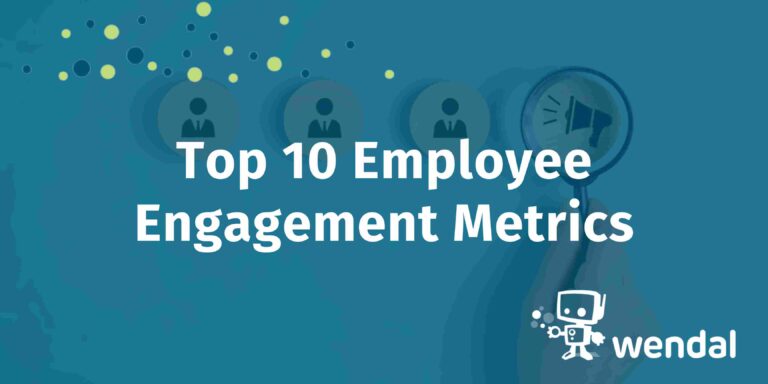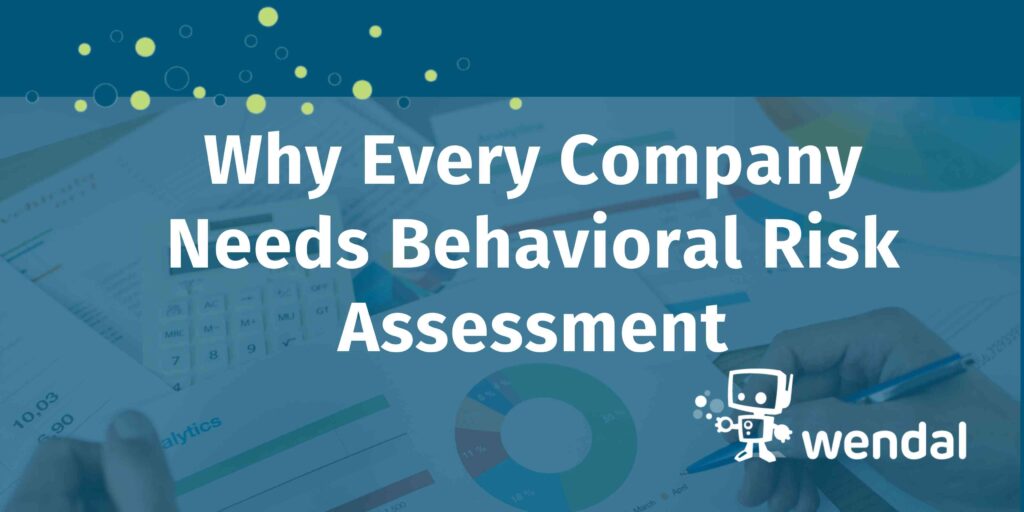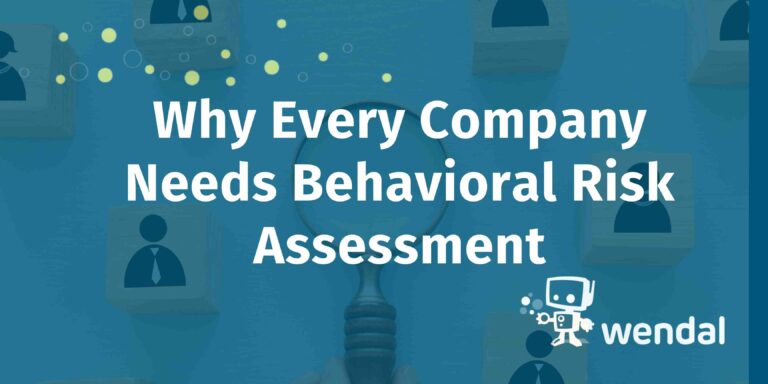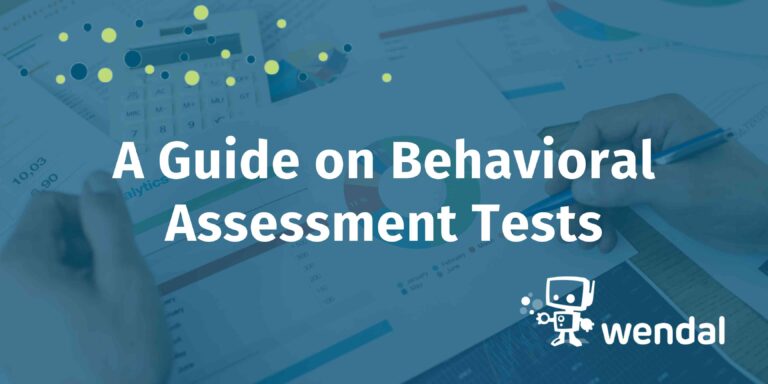Organizations must measure the effectiveness of their employee engagement initiatives in order to improve productivity, boost retention and create a positive workplace experience. This guide outlines 20 essential metrics that can help with gauging the success of your efforts – delve into it now and get ready for optimized results!
Key Takeaways
- Understanding employee engagement metrics provides insights to improve satisfaction and productivity.
- The top 10 employee engagement metrics include job satisfaction, eNPS, work-life balance & more.
- Organizations can track and analyze these metrics using technology solutions for improved results.
Understanding Employee Engagement Metrics
Employee engagement is far from just a fleeting trend. It’s essential for any firm that desires success. Those who are engaged in their jobs typically display higher productivity, loyalty and joy towards their work duties, culminating to improved staff turnover rates and increased profits.
Gaining an understanding of employee engagement data gives rise to establishing contentedness among the workforce as well as enhanced effectiveness across organisations. Through measuring metrics such as job fulfilment or work-life balance, decisions can be made on how best to elevate levels of commitment amongst employees while simultaneously assessing overall wellbeing within the company environment.
Top 10 Employee Engagement Metrics
Measuring employee engagement can be done through analyzing several metrics. This text will examine 10 of the most relevant ones: job satisfaction, eNPS (employee Net Promoter Score), work-life balance, professional development opportunities, recognition programs to enhance motivation in employees , alignment between company culture and staff expectations as well as retention rate data. Health status & general wellbeing of workers is crucial for any efficient organisation. Similarly team collaboration effectiveness should also not go neglected when considering how to improve overall working environment . Finally performance reviews aid managers with information which measures success on various fronts besides having an impactful role upon boosting morale within teams
This list contains vital elements regarding measuring and improving employee engagement that cannot be overlooked if organisations want positive results from their workforce. It’s essential to make decisions based on these key indicators so progress can start being tracked effectively towards better worker dynamics while simultaneously fostering loyalty among them.
Job Satisfaction
Job satisfaction is an important factor that shows employees’ overall wellbeing and contentment with their job. A satisfied employee has been seen to be more involved in the tasks given, boosting organization success through positive contributions. On the other hand, when staff members don’t have a satisfactory working situation it can lead to lower engagement levels and work efficiency. Studies suggest higher workforce involvement could create better productivity ratings resulting in increased financial benefit. For every 1% increase of commitment there will be roughly 0.6% rise in new business revenue streams too!
In order to boost workplace fulfillment, we need make sure duties are outlined clearly so people know what they should do without any doubts, plus ensure everyone has access necessary tools needed during task completion as well provide opportunities for professional growth by setting objectives alongside team mates along with providing resources which enable optimum performance whilst motivating them also playing a part.
Employee Net Promoter Score (eNPS)
The Employee Net Promoter Score (eNPS) is a useful tool for gauging employee loyalty and satisfaction by asking employees to rate their likelihood of recommending the company on a 1-10 scale. This score can be calculated using the equation: (Promoters – Detractors)/Total respondents, giving an indication as to how many would likely advocate working with your organization.
Despite its simplicity and value though, it’s important to bear in mind that eNPS may also have certain limitations – such as being subject to recency bias or affected accuracy due lack of self-reporting. No immediate actionable measures are provided through this metric alone.
That said however. Tracking changes over time based on responses from engagement surveys still gives an overall view into customer happiness levels which could ultimately lead you towards better decision making when striving toward improved employee satisfaction/loyalty goals!
Work-Life Balance
Work-life balance is an important factor in employee engagement due to its effect on overall wellbeing, job satisfaction and productivity. A healthy harmony between personal and professional aspects can increase motivation among workers as well as enhancing their commitment at work.
One way of assessing the extent of a successful work-life balance is through staff surveys that rate it from 0 to 10. Or by observing how often employees take voluntary leave against what they are entitled for annually. If feedback shows poor levels, then this could be seen as suggesting problems with managing workloads leading up to burnout experiences amongst personnel.
Professional Development Opportunities
One way to increase employee engagement and job satisfaction is through professional development opportunities. Studies have found that those with access to such prospects can be up to 15% more engaged in their work. Examples of these could include providing training programs, mentorship schemes or even supporting Education/certifications for staff members. All helping them reach greater levels of success within the organization. It’s also beneficial for companies to provide clear paths towards promotion and salary growth as well, allowing employees a sense of achievement which only adds value concerning overall job fulfillment.
Employee Recognition Programs
Employee recognition programs can greatly benefit staff morale, motivation and retention. If these initiatives are well-executed they can dramatically increase job satisfaction, loyalty to the company and improve employee attrition rates. Unfortunately though only 66% of personnel feel that their accomplishments have been adequately acknowledged by management. It is essential for companies to show employees how much they value them through effective programmes which promote an engaged workforce.
Company Culture Alignment
Employees who share the same values and goals can be more connected to their organization, resulting in higher engagement levels. To measure this cohesiveness within a team, it is essential for companies to evaluate how well workers understand its mission and objectives. Companies should encourage employees by aligning them with corporate culture and ideals. An appreciation of these elements creates purposeful belonging which boosts satisfaction among staff members as well. Ultimately, reinforcing company culture alignment enables all stakeholders to contribute towards realizing organizational success together.
Employee Retention Rate
The number of employees that remain in the workforce is an indication of engagement and satisfaction levels. Keeping precious staff members does more than just trim employee turnover costs. It makes for a serene yet productive atmosphere. The retention rate can be assessed with this formula: (total count who stayed – total amount who left) / original figure * 100%. Monitoring these figures and addressing any issues detected enable organizations to better identify what their personnel are needing, thus making work life more pleasant overall.
Employee Health and Well-Being
Organizations should be aware of and ensure the health & well-being of their employees in order to motivate a more engaged workforce. Job satisfaction, feelings of being supported/valued by employers as well as an even balance between work life and home all contribute to employee wellness.
To foster these principles there are initiatives that can be introduced such as creating a positive environment for workers, introducing programs supporting wellbeing, encouraging healthy workplace habits alongside promoting awareness around mental health issues. When prioritizing staff welfare organizations have the potential to drive success thanks improved engagement from employees due notably higher morale throughout teams.
Team Collaboration and Relationships
Strong team relationships are integral to the development of an engaged workforce, and Contribute greatly to overall success. To measure this engagement metric, managers should analyze the quality of communication between peers as well as any social support amongst them. It is essential that organizations promote collaboration between their employees while simultaneously fostering strong bonds among team members in order for a positive working environment. This will create rewarding employee experiences which can then be reflected through better performance levels.
Performance Reviews and Feedback
Performance reviews and feedback are essential for enhancing employee performance, development and engagement. Regular evaluations can help employees recognize their capabilities while allowing them to cultivate areas of improvement which increases productivity within the company. With this in mind, organizations should strive to provide constructive comments as it serves as a catalyst for betterment on an individual basis. Setting up milestones to mark career growth culminating with promotion when applicable – all leading towards optimal results overall from each personnel under one’s umbrella. Performance appraisals also play a part in assessing worker suitability so that they may be able climb ladders effectively throughout employment life cycle cycles.
Implementing Employee Engagement Surveys
Employee engagement surveys are an effective way for organizations to gain valuable feedback and insights from their staff. Customizable questions can be implemented in the survey process, helping companies learn about areas that could use improvement or changes when it comes to employee satisfaction. By utilizing these surveys as a tool, organizations will have more insight on how they may create positive adjustments resulting in heightened levels of job contentment among employees.
By analyzing the data collected through such studies, businesses become better equipped at addressing their workforce’s needs while fostering an environment where productivity is increased due to workers being given opportunities for growth within the company – thus leading toward improved overall customer experience with future prospects looking up because of successful implementation processes related directly back to executive level decision-making based off information gleaned from engaged employee analytics initiatives tied closely into those particular operational inputs moving forward which shapes clear roadmaps concerning task-specific strategies designed around creative approaches linked specifically against traditional output metrics associated accordingly out across organizational landscapes
Analyzing and Acting on Employee Engagement Metrics
Employee engagement metrics are vital when it comes to promoting positive change and enriching the employees’ experience. By using data-driven research, companies gain a thorough comprehension of their workers’ attitude levels which helps them pin point areas that require improvement as well as outline strategies to support higher engagement rates.
To stimulate employee involvement, organizations can introduce numerous initiatives such as: creating rewards programs for recognition, enhancing work life balance, providing training opportunities. Constructing a corporate atmosphere compliant with staff values. Tracking and responding accordingly to these measurements make sure personnel remain committed whilst inspired in an organization’s environment.
The Role of Leadership in Employee Engagement
Leadership is critical to promoting high levels of employee engagement. By developing trust, respect and an open line of communication, effective leaders can foster a positive atmosphere for their teams while championing efforts that encourage growth within the organization. From offering regular feedback and providing opportunities for development, to recognizing hard work with rewards. Sound leadership strategies are key in nurturing an engaged workforce.
Overcoming Challenges in Measuring Employee Engagement
When measuring employee engagement, companies must take certain steps to prevent biased or inaccurate data collection and address employees’ concerns of their input being overlooked. To ensure honest responses, organizations should administer anonymous surveys and respond appropriately to feedback received. By fostering an atmosphere in which candid communication is encouraged, businesses can gain meaningful insights that will help create a more engaged and productive workforce. Through engaging with employees through effective surveys as well as responding positively to the views expressed by staff members they provide managers have better ability gauge levels of enthusiasm while taking actions necessary for driving Improvement in performance.
Technology Solutions for Tracking Employee Engagement Metrics
Employee engagement platforms provide technology solutions for tracking and analyzing employee engagement metrics. These advanced tools enable organizations to gain deeper insights into their employees’ levels of satisfaction, helping them make better decisions on how best to improve the workplace environment. Examples of these services are ActivTrak, CultureMonkey, Qualtrics, Lattice and Trakstar. They allow companies to easily monitor what is working well in regards to engaging staff members so strategies can be tailored accordingly.
Overall this makes it simpler for employers not only track but also analyze workforce morale, resulting in clearer understandings regarding where work needs doing when striving towards increasing worker contentment and productivity levels overall. When making use of modern technological capabilities such as those listed here firms benefit from an understanding which encourages more proactive approaches when looking at improving employee engagements values throughout any business or organization.
Case Studies: Successful Employee Engagement Initiatives
Organizations can benefit from analyzing case studies of successful employee engagement initiatives to inform their own strategies. Examples such as professional development opportunities, recognition programs and creating an environment for collaboration are proven techniques that have resulted in engaged workforces driving success and growth. Through studying these successes, businesses can gain the insights needed to implement effective engagement plans tailored to their needs, enabling them not just meet but exceed expectations within the workforce.
The Future of Employee Engagement Metrics
As we move forward, advanced analytics and AI-driven insights are going to redefine employee engagement metrics. Companies will be increasingly equipped with data analysis capabilities that enable them to accurately measure employee satisfaction levels in order to come up with more targeted strategies for improving the overall experience at work.
With an emphasis on maintaining a good balance between job requirements and personal life, employers should aim towards promoting initiatives such as reduced stress and better workplace morale so they can foster an engaged yet productive workforce. Keeping these trends in mind is key for organizations wishing stay ahead of their competition by creating a truly satisfied staff base.
Summary
To achieve a productive and engaged workforce, it is crucial to monitor employee engagement metrics. Companies can assess job satisfaction, eNPS scores, work-life balance, professional development opportunities as well as rewards systems to gain an understanding of their workers’ wellbeing and contentment. By incorporating strategies that are specifically designed for this purpose in conjunction with modern tech solutions organizations will be able to make advances towards bettering the overall worker experience which would lead them on a path towards success.
FAQs
Q: What is the best KPI for employee engagement?
A: For monitoring employee engagement, NPS scores of employees, the rate at which they are leaving and being replaced by successful hires from trial period evaluations, internal promotion rates, cost per hire figures along with satisfaction index ratings for company performance can all be effective Key Performance Indicators (KPIs).
Q: What are some common engagement metrics?
A: The engagement metrics that are commonly used include Net Promoter Score (NPS), Churn, Customer Acquisition Cost (CAC), Customer Satisfaction Score (CSAT) and Customer Effort Score(CES). User actions taken during activity time. The page visit frequency as well as conversion rate and pages per session must also be factored in. Average Session Duration, Bounce Rate Retention Rate Feedback Response Rates Abandonment Rate should also be considered when determining customer lifetime value and click-through rates.
Q: What are the 5 E’s of employee engagement?
A: The five E’s of employee engagement – Entice, Enter, Experience, Exit and Extend – can create an atmosphere that encourages employees to be empowered, enabled, engaged enthusiastically and supported.
Q: How can employee engagement surveys help organizations?
A: Employee engagement surveys are a key source of feedback to help organizations understand what’s going on with their employees and determine how they can best increase satisfaction. They provide crucial insights into where changes or strategies need to be implemented in order for staff morale and
Q: What role does leadership play in employee engagement?
A: Leadership is an integral part of inspiring employee engagement. Good leaders can set a positive atmosphere, generate enthusiasm around initiatives that Staff development and provide the opportunity for growth within their team. All these elements contribute to higher levels of involvement from personnel.







